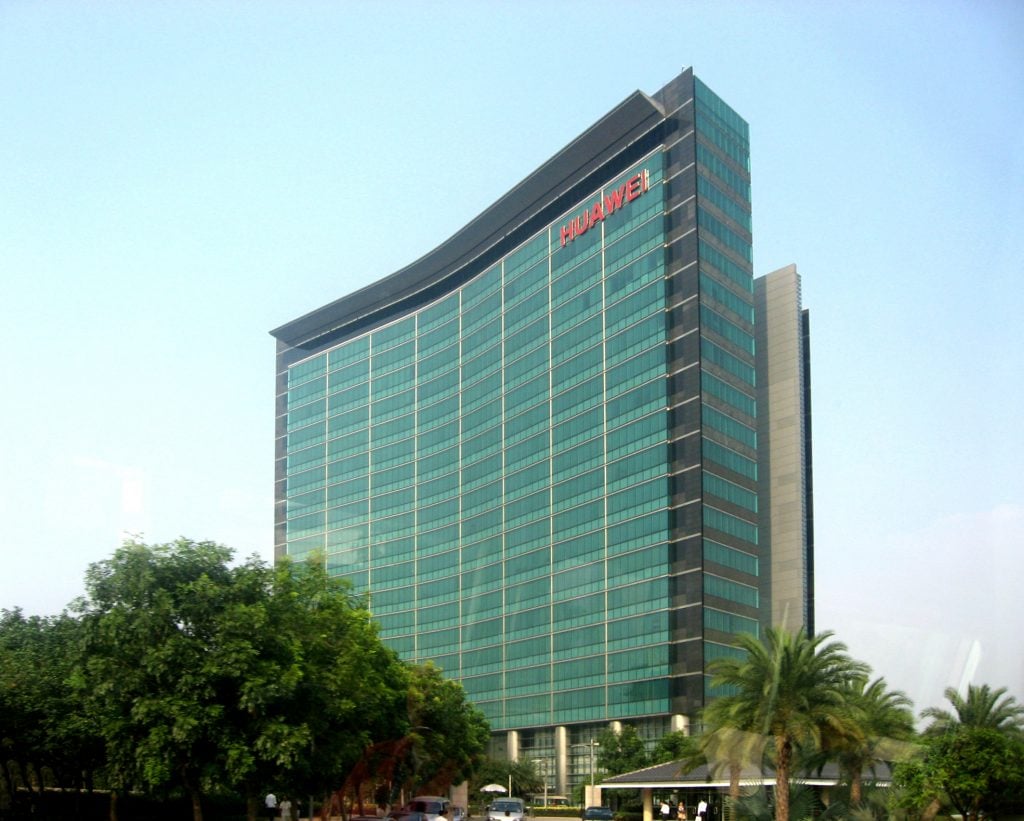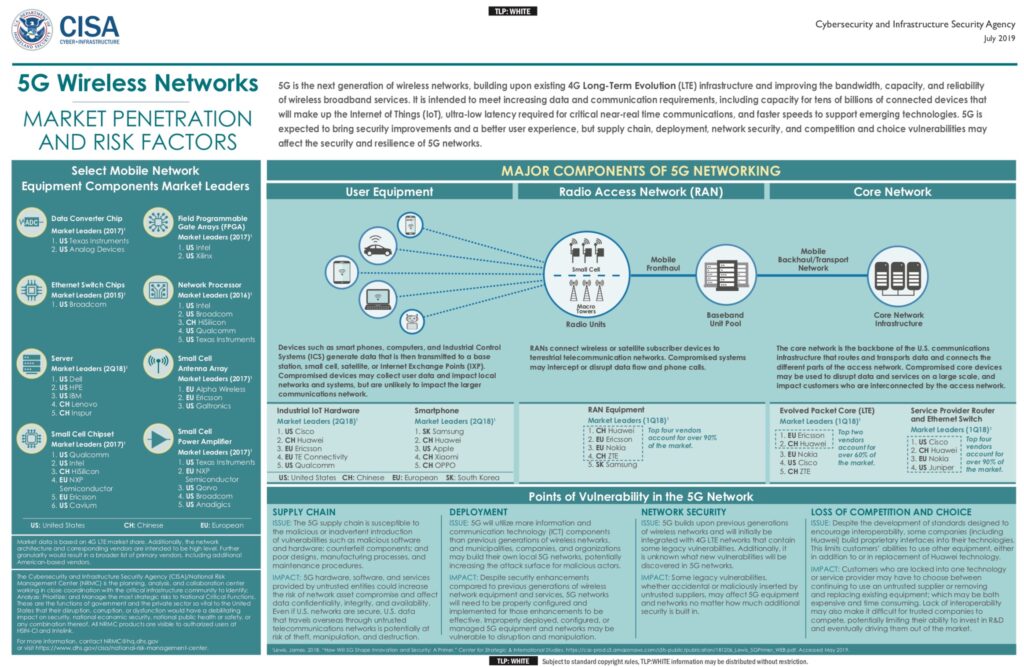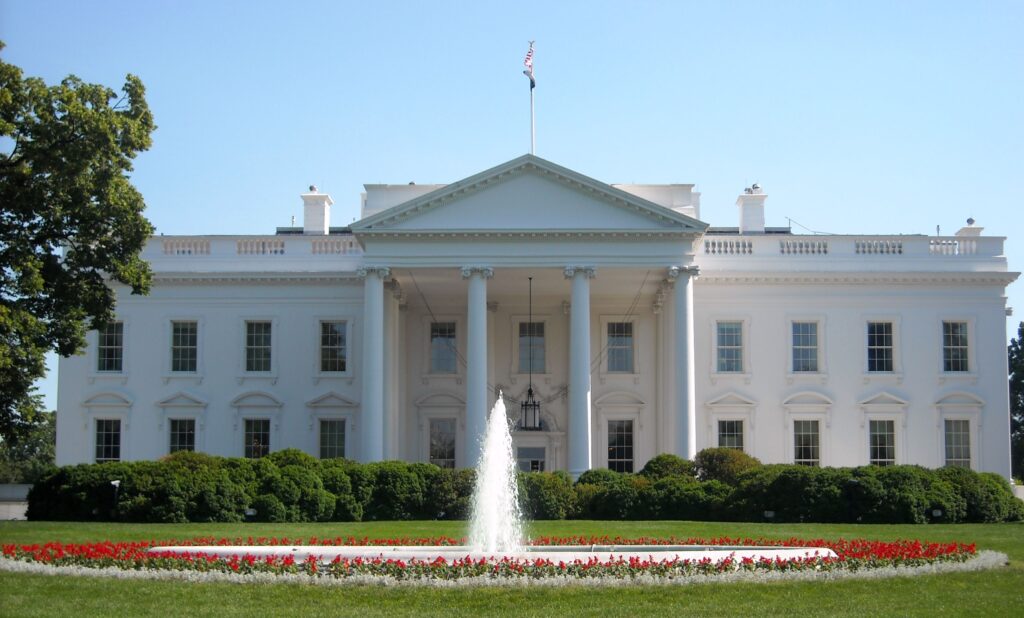
Huawei HQ in Shenzhen, China
WASHINGTON: The US government must play a much more active — and more expensive — role in rolling out 5G networks, working with the private sector and foreign allies to develop a more secure alternative to China’s champion, Huawei.
“The notion of ‘America first in the race to 5G’ will not work and is not a winning strategy, nor should the aim of the United States be to deploy 5G ‘as soon as possible,’” one of the leading national security scholars of the US-China technology competition, Center for a New American Security fellow Elsa Kania writes in a new report. “Speed must not come at the expense of security, and future 5G networks should be secure by design from the start.”
While 5G is definitely a competition, with implications for the global economy and security, Kania dislikes the simplistic characterization of it as a “race” between China and the US. Getting there first, she argues, is less important in the long run than being the best. That means putting in the time, talent, and funding to develop secure 5G networks that can withstand cyber espionage and sabotage. Huawei may be taking the lead worldwide today, but its products, while cheaper than the West’s, are notoriously ridden with sloppy code and deliberate backdoors that Chinese intelligence can exploit.

Elsa Kania
“Speed and security are both important, but I worry that all the talk of a ‘race’ results in the notion that being the first to deploy matters more than security,” Kania told me. “Of course, speed of deployment is important, but if 5G will become a foundation for our future economies and societies, then the stakes are too high to risk racing without equivalent attention to security, which should be a priority from the start.”
“I’d also argue that the true competition involves continued innovation in 5G and beyond, and investing in research and development for the long term is vital,” she said. “Huawei could establish a competitive advantage as a first-mover in these markets, in ways that may risk undermining healthy competition, but it is far from clear that Huawei is truly the leader when it comes to research and development, since a number of American companies and international stakeholders remain at the forefront.”
Kania argues that the US government can and must foster research, development, and fielding of secure 5G technology. But under Trump the FCC has repealed Obama-era requirements for 5G security. The administration has emphasized speed over security, and it has tied restrictions on Huawei to wider discussions over trade. Many in industry and foreign capitals suspect that Washington sees security as a bargaining chip rather than a priority in itself, something the Justice Department has denied.
“The Trump administration must also reframe and reorient its approach to competition in 5G, because the notion of ‘America first in the race to 5G’ is not a winning strategy, nor should the aim of the United States be to deploy 5G as quickly as possible,” Kania writes. “US policy should focus on promoting the security, collaboration, and healthy competition that are so vital to the future of 5G, in close collaboration with allies and partners.”

Long-Term, Large-Scale, High-Cost
“5G is more of a marathon, rather than a sprint,” Kania writes. “Despite the tremendous enthusiasm for its potential, 5G requires significant investments in the near term, [while] the future business models that will enable 5G to become profitable for operators remain unclear.” Of course, profitability is much less of a concern to Huawei, which is heavily subsidized by the Chinese government. The exact figures are masked by China’s lack of transparency – as is who really owns and controls the company, for that matter. But we know that as early as 2009, the state-owned China Development Bank tripled Huawei’s line of credit to $30 billion.
“China’s efforts in 5G are estimated to amount to hundreds of billions of dollars across a combination of government funding and commercial investments,” Kania writes. “Since 2015, China has outspent the United States by over $24 billion overall, according to one estimate.”
Why is the US spending less? To start with, American investments in 5G come almost exclusively from the private sector, which has focused on near-term profits. That means relatively quick, low-cost projects to upgrade existing 4G networks to 5G, primarily using high-bandwidth but short-range millimeter-wave frequencies. By contrast, China is weak in 4G networks, so both the government and industry have invested massively in new infrastructure for 5G, including both fiber optic landlines and long-range mid-band frequencies, which are rarely available in the US. With 5G already rolling out on a limited basis in Beijing, Shanghai, and Huawei’s hometown of Shenzhen, Kania writes, “by 2025, an estimated 430 million people in China will have access to 5G, accounting for one-third of the world’s total 5G users.”
From this captive market in China, Huawei has grown into a global role as Beijing’s “national champion,” Kania writes. By her count, Huawei has “50 commercial 5G contracts that span at least 30 countries,” many of them in Europe, including both US allies and Russia. It holds more 5G patents than any competitor – 1,529 as of late last year, with Finland’s Nokia coming in second at 1,397. Huawei and its wholly owned subsidiary HiSilicon increasingly influence the still-developing international standards for 5G, together making over 18,000 contributions to published standards, compared to just over 10,000 from Sweden’s Ericsson, not quite 7,000 from Nokia, and under 5,000 from US-based Qualcomm. While some countries have effectively banned Huawei from their domestic markets, including the US, Australia, and Japan, others remain addicted to Huawei’s low-cost and comprehensive offerings, including America’s prime ally, Britain.
The US can do a better job laying out the security risks of going with Huawei and lobbying other countries to go elsewhere for 5G, Kania said, but it needs to do more: It needs to work with private industry and friendly nations to develop “a viable and attractive alternative to working with Huawei.”
That work can’t be left to the private sector alone, Kania argues. The investments required to refine 5G technology and build up the infrastructure are beyond what Western companies can make. “Only limited research and development is occurring in American companies and universities, at least relative to the intensity and magnitude of efforts within China’s technology ecosystem,” she writes, and “at present, there are no American companies in 5G that can compete directly with Huawei in the radio access network,” the wireless backbone of the system.

What Should Washington Do?
How can the US government counter China’s current advantages in 5G? Kania’s most important – and in some cases controversial – recommendations address both economics and security, with major roles for the Defense Department, the Intelligence Community, Homeland Security, and the FCC.
Economics:
- Increase federal spending on long-term R&D in telecommunications;
- Offer new tax credits for private sector R&D in 5G;
- Provide federal funding for state and local governments seeking to expand 5G networks;
- Adopt new AI-driven approaches to sharing spectrum, instead of allocating frequencies permanently to one buyer, that were developed by DARPA’s Spectrum Collaboration Challenge;
- A new DARPA “Challenge” program rewarding US companies who make major advances in 5G;
- Increased Defense Department spending that would both allow the military to benefit from 5G, for example by installing it on bases and in training areas, and create new demand for US companies.
(DoD has announced pilot projects for 5G at four major bases: Lewis-McChord in Washington State; Hill Air Force Base in Utah; Naval Base San Diego; and Marine Corps Logistics Base Albany, Georgia).
Security:
- Build on ongoing efforts by the Department of Homeland Security’s Cybersecurity and Infrastructure Security Agency (CISA) to develop best practices and standards for security.
- Create “a rigorous process for screening of vendors and carriers for US 5G networks.”
- Impose new scrutiny on the security practices and international supply chains of 5G manufacturers.
- Play a leading role in the development of international standards that will shape 5G for decades to come, especially by making security a priority;
- Work with the Five Eyes intelligence-sharing partners (US, UK, Canada, Australia, and New Zealand), NATO allies, and bilateral treaty partners like Japan and South Korea to formulate new security standards, design new communications architectures, and even fund new infrastructure worldwide.
All this will take time as well as money. China already has the edge on speed, and the West needs to try something different.
Northrop sees F-16 IVEWS, IBCS as ‘multibillion dollar’ international sales drivers
In addition, CEO Kathy Warden says the company sees a chance to sell up to five Triton UAVs to the NATO alliance.


























